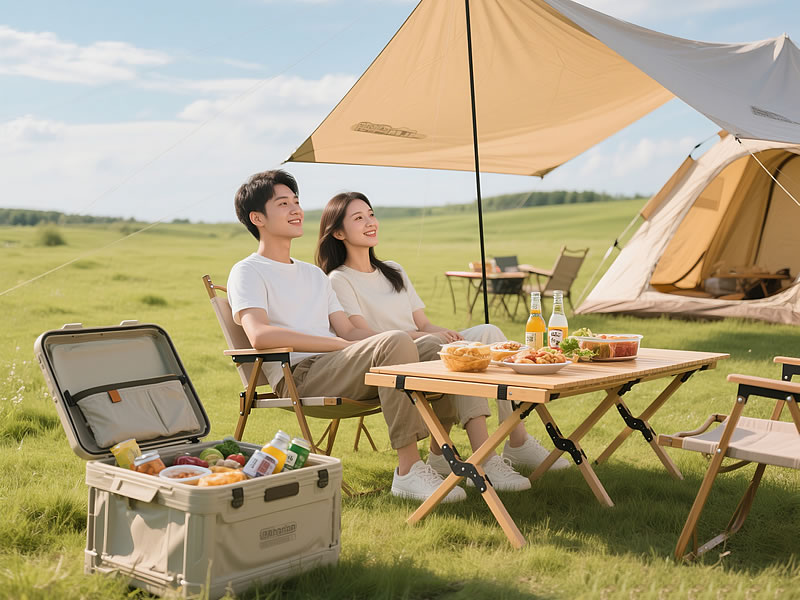Plastic vs. Wooden Outdoor Storage Boxes – Pros & Cons
When selecting an outdoor storage box, one of the biggest decisions is choosing between plastic and wooden models. Both materials have distinct advantages and drawbacks depending on your needs, climate, and aesthetic preferences.
In this detailed comparison, we’ll break down the key pros and cons of plastic vs. wooden outdoor storage boxes to help you make the best choice for your space.

1. Plastic Outdoor Storage Boxes
✅ Pros:
✔ Weatherproof & Water-Resistant
- Plastic (especially resin or polypropylene) naturally repels water, making it ideal for rainy climates.
- Won’t rot, warp, or corrode like wood or metal.
✔ Low Maintenance
- No need for staining, sealing, or painting.
- Easy to clean—just wipe with soap and water.
✔ Lightweight & Portable
- Easier to move around compared to heavy wooden boxes.
- Some models come with wheels for added convenience.
✔ Pest-Resistant
- Unlike wood, plastic doesn’t attract termites or rodents.
✔ Budget-Friendly
- Generally more affordable than high-quality wooden boxes.
❌ Cons:
✖ Less Aesthetic Appeal
- Plastic can look cheap compared to natural wood.
- Limited design options (though some mimic wood grain).
✖ UV Damage Over Time
- Prolonged sun exposure can cause fading and brittleness (unless UV-treated).
✖ Less Sturdy in Extreme Conditions
- Thin plastic may crack in freezing temperatures.
Best for: Wet climates, budget buyers, low-maintenance storage.
2. Wooden Outdoor Storage Boxes
✅ Pros:
✔ Natural & Attractive Look
- Wood (like cedar, teak, or pressure-treated pine) blends beautifully with outdoor decor.
- Offers a rustic or high-end aesthetic.
✔ Durable & Strong
- Can handle heavy loads (e.g., patio furniture, tools).
- Resists dents better than plastic.
✔ Longer Lifespan (If Maintained)
- Properly sealed wood can last decades.
- Cedar and teak naturally resist rot and insects.
✔ Eco-Friendly Option
- Sustainable wood is biodegradable (unlike plastic).
❌ Cons:
✖ High Maintenance
- Requires regular sealing or staining (every 1-2 years) to prevent rot.
- Untreated wood can warp or splinter over time.
✖ Heavier & Harder to Move
- Not ideal if you need to relocate the box frequently.
✖ More Expensive
- Quality wooden boxes cost 2-3x more than plastic.
✖ Vulnerable to Pests
- Termites and carpenter ants can damage untreated wood.
Best for: Dry/moderate climates, stylish patios, long-term use.
Which One Should You Choose?
Pick Plastic If You Need:
- A budget-friendly, low-maintenance option.
- Waterproof storage in rainy/snowy areas.
- Lightweight, portable storage.
Pick Wood If You Prefer:
- A natural, high-end look for your outdoor space.
- Extreme durability (with proper care).
- Eco-friendly materials.
Final Verdict
- For most people, a UV-resistant plastic/resin box offers the best balance of affordability and weather resistance.
- For a premium, stylish look, invest in a cedar or teak box—just be prepared for upkeep.
Pro Tip: If you love wood’s look but hate maintenance, consider composite wood-look storage boxes—they mimic wood without the upkeep!






